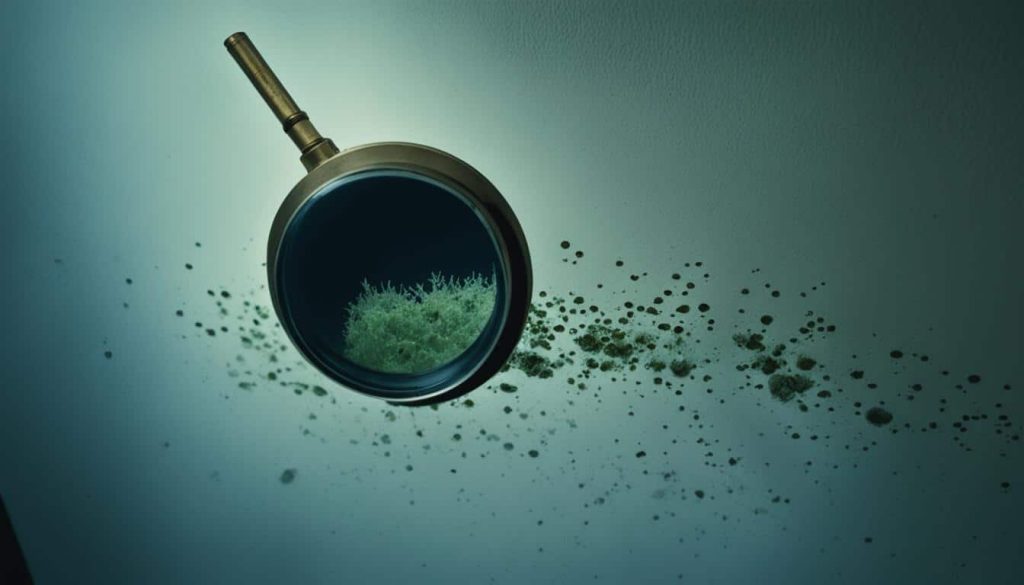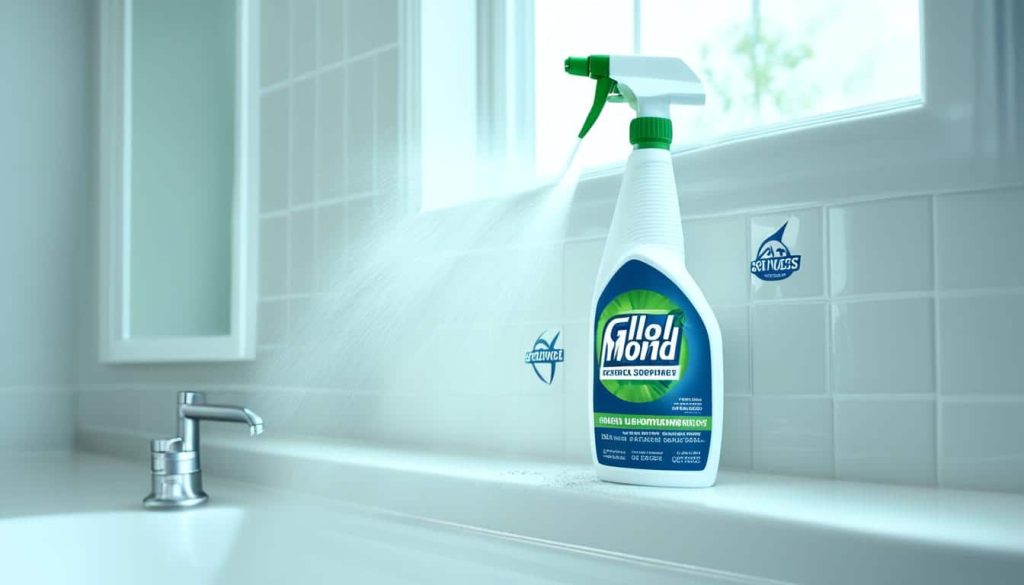Introduction to Mold Series (#3): In my previous writings, I have explored the signs and symptoms of mold exposure, distinguishing between harmless and harmful molds, with a focus on the notorious Stachybotrys. I discussed how specific conditions create a favorable environment for Stachybotrys growth and shared a case involving chronic, long-term exposure to this toxic mold affecting nine homeschooled children. Fortunately, upon discovery, these children were moved to a safe, clean environment, preventing further health risks.
Today, I will delve into the crucial topic of mold testing as a preventive measure to avoid exposure, particularly to molds like Stachybotrys. Accurate and comprehensive testing is essential for identifying mold problems and ensuring a healthy living environment. There are three primary types of mold tests commonly used: air sampling, surface sampling, and bulk sampling. Each method has its strengths and limitations, and a combination of these methods is often recommended to achieve a thorough assessment.
Array of Solutions, a trusted name in mold removal in Greenville South Carolina since 2007, stands ready to tackle your mold woes. With our expert mold inspection Greenville services and EPA-Registered credentials, we’re equipped to detect, remove, and prevent mold growth in your home or business.
Table of Contents
1. Air Sampling
Air sampling is the most prevalent method for determining the concentration and presence of mold spores in the environment. This test involves collecting air samples from both indoor and outdoor locations. By comparing the levels of mold spores inside the premises with those outside, air sampling can help identify the extent of mold contamination. This method is particularly useful for detecting non-visible mold, which might be present in areas that are difficult to inspect visually.
However, while air sampling can confirm the presence of mold spores, it does not always pinpoint hidden mold sources. The results indicate the overall concentration of mold spores in the air but do not provide direct evidence of mold growth in concealed areas.
2. Surface Sampling
Surface sampling involves collecting mold spores deposited on indoor surfaces. This can be done using various methods:
- Swab Sampling: A swab, similar to a Q-tip, is used to wipe a surface and collect mold samples.
- Tape Sampling: A piece of tape, similar to Scotch Brand tape, is applied to a surface to capture mold spores.
- Dust Sampling: Dust from surfaces, such as floors and furniture, is collected for analysis.
Surface sampling is effective for identifying mold contamination on specific surfaces but may not reflect the level of airborne mold spores. It provides valuable information about the presence of mold on surfaces but does not assess the overall air quality or hidden mold sources.
3. Bulk Sampling
Bulk sampling involves physically removing materials from the area of concern to identify and quantify mold spores within the sample. This method is useful for determining the extent of mold contamination within building materials, such as drywall, wood, or insulation. By analyzing these samples, experts can assess the level of mold infestation and evaluate the need for remediation.
Bulk sampling provides detailed information about the mold present in specific materials but does not offer a comprehensive view of the overall mold contamination in the air or on surfaces.

Introduction to Mold Series (#3): Recommended Testing Practices
The American Industrial Hygiene Association (AIHA) recommends using all three types of sampling methods to achieve a comprehensive assessment of mold contamination. Each method has its specific limitations, and relying on a single type of test may not provide a complete picture of the mold problem. For instance, while air sampling can detect airborne mold spores, it may not reveal hidden sources of mold. Conversely, surface sampling can identify mold on surfaces but does not measure airborne contamination.
In some cases, following mold remediation, air sampling conducted by a qualified third party may be necessary to verify the effectiveness of the cleanup efforts. This step ensures that the remediation was successful and that mold levels have been reduced to a safe threshold.
When to Forego Initial Testing
Based on my experience, there are situations where it may be appropriate to skip initial testing and proceed directly to follow-up testing. In cases where the presence of prolific mold spores is evident, initial testing may be redundant. Instead, focusing on remediation and then conducting follow-up testing can be a more efficient approach. In such instances, the primary goal is to address and eliminate the mold problem, regardless of the specific genus or species.

Conclusion
Mold testing is a critical component of mold management and prevention. By utilizing a combination of air, surface, and bulk sampling methods, you can gain a comprehensive understanding of mold contamination in your environment. Each testing method offers valuable insights, and using them together ensures a thorough assessment. Whether dealing with visible mold issues or assessing potential hidden sources, accurate testing and subsequent remediation are key to maintaining a healthy and safe living space. Stay tuned for further discussions on mold testing and remediation strategies.
